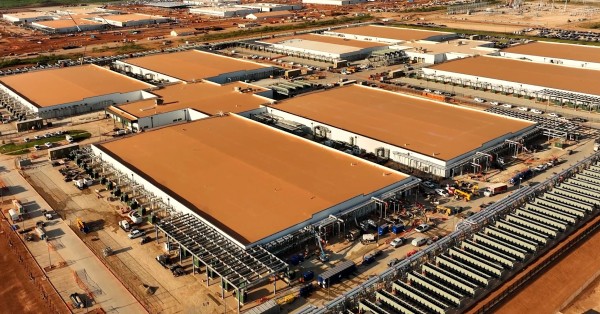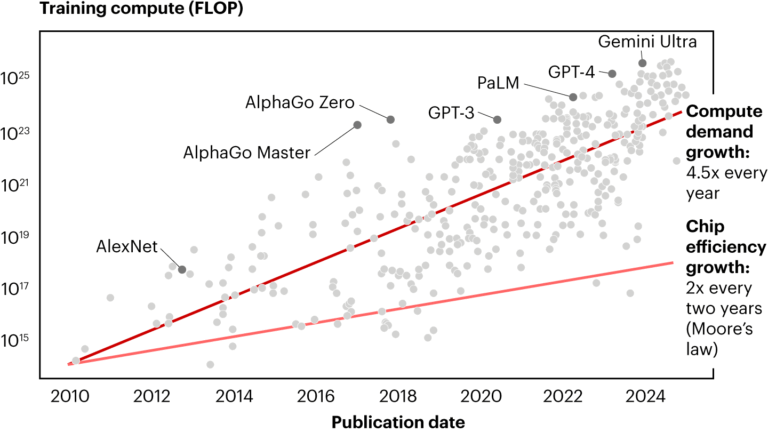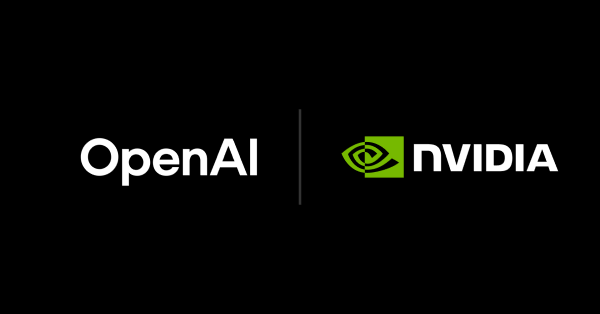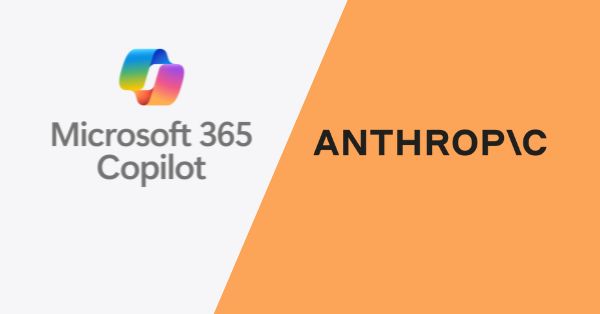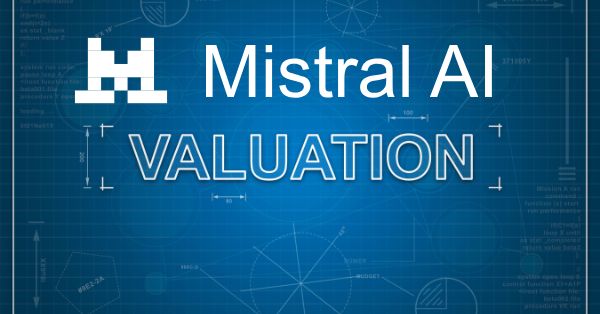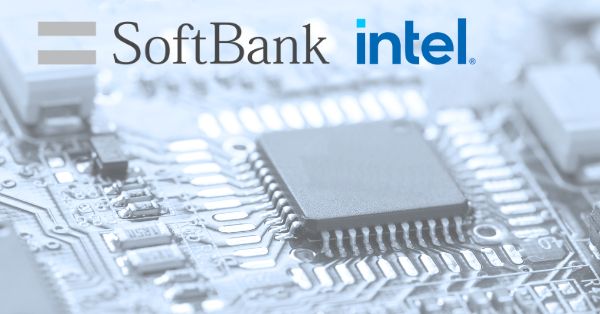- Tech News & Insight
- September 25, 2025
- Hema Kadia
OpenAI plans five new US data centers under the Stargate umbrella, pushing the initiative’s planned capacity to nearly 7 gigawatts—roughly equivalent to several utility-scale power plants. Three sites—Shackelford County, Texas; Doña Ana County, New Mexico; and an undisclosed Midwest location—will be developed with Oracle following their previously disclosed agreement to add up to 4.5 GW of US capacity on top of the Abilene, Texas flagship. Two additional sites in Lordstown, Ohio and Milam County, Texas will be developed with SB Energy, SoftBank’s renewables and storage arm. OpenAI also expects to expand Abilene by approximately 600 MW, with the broader program claiming tens of thousands of onsite construction jobs, though ongoing operations will need far fewer staff once live.



